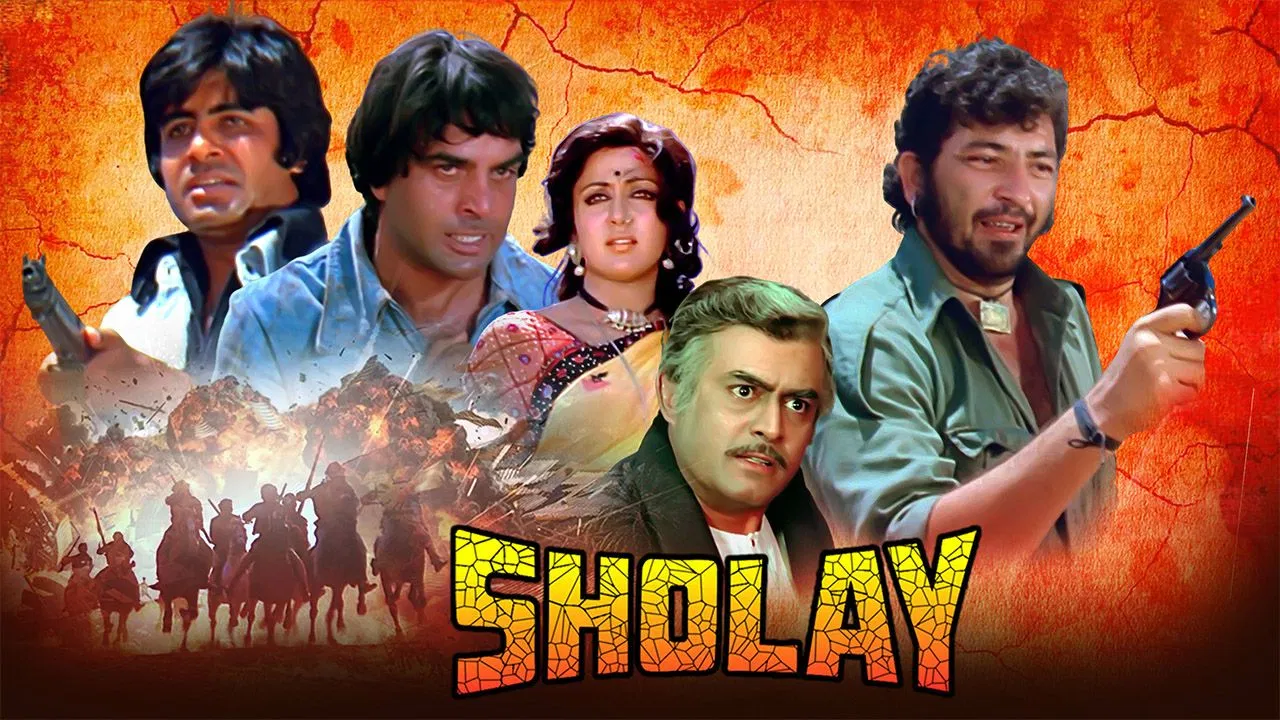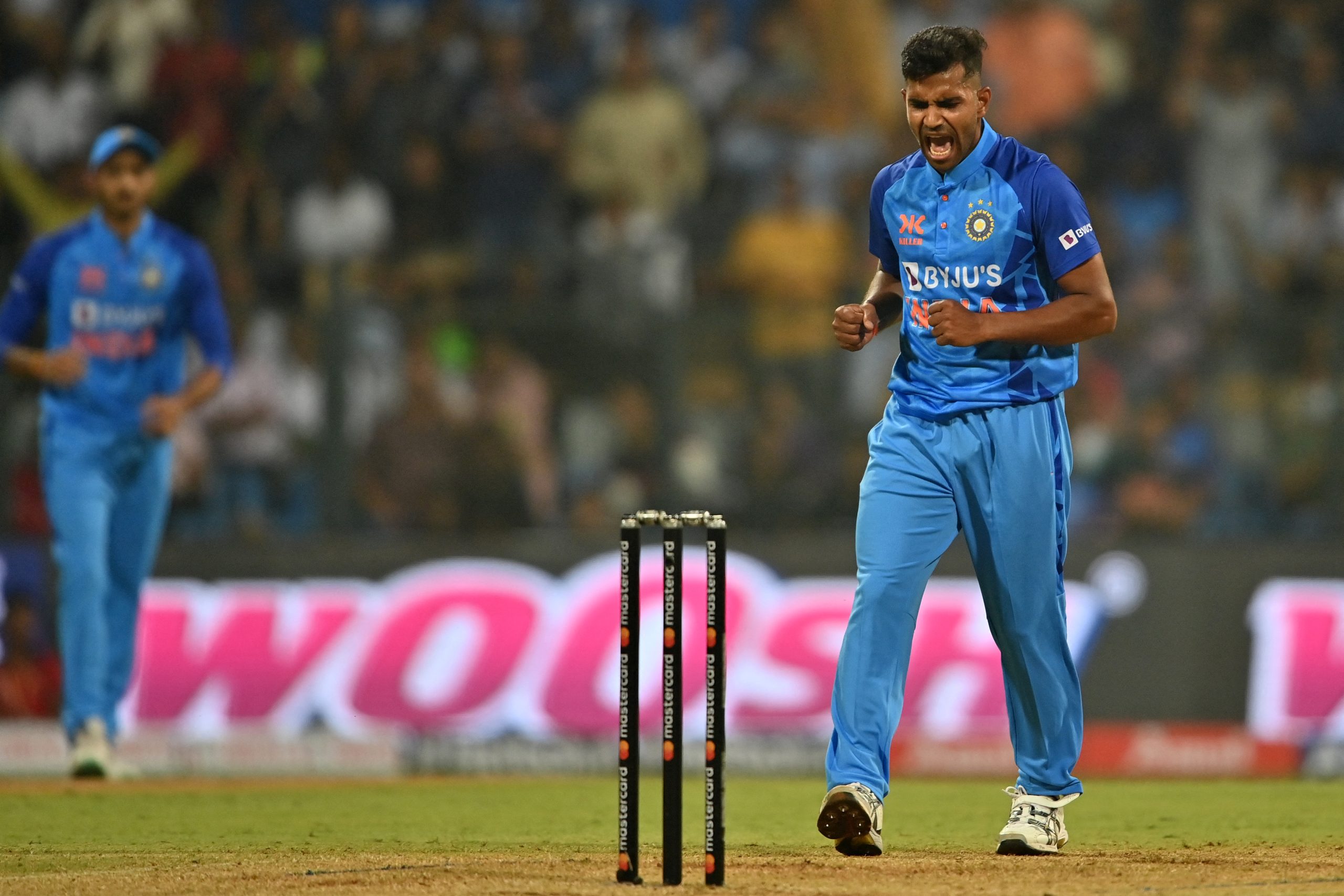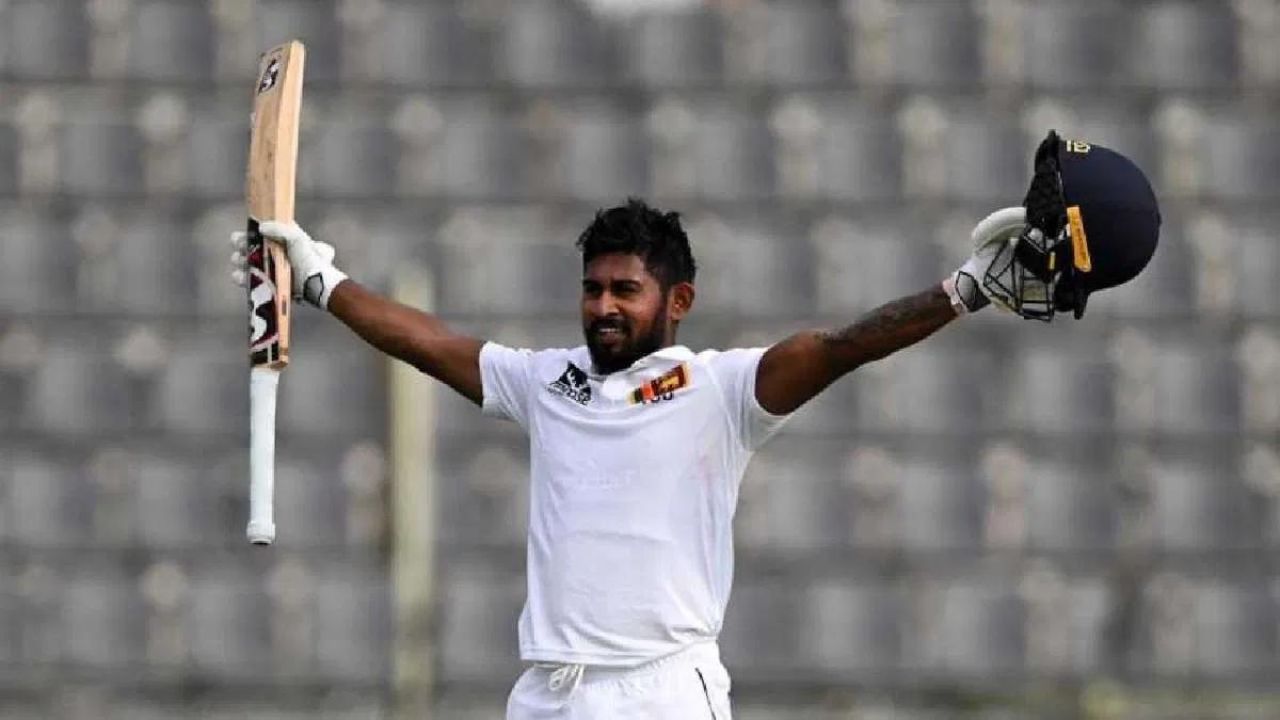
Based on the information available up to August 30, 2024, here’s a summary of the latest news and events related to “Sholay”:
- 49th Anniversary Celebration: “Sholay” recently marked its 49th anniversary, highlighting its enduring legacy in Indian cinema. The film, released in 1975, continues to be celebrated for its impact on storytelling, character development, and its cultural significance in India.
- Special Screening: A special screening of “Sholay” is scheduled for August 31, 2024, at Regal Cinema in Mumbai. This event is not just a viewing but a celebration of the film’s writers, Salim-Javed, marking 50 years since they started their collaboration. The screening will feature a vintage cinemascope print, emphasizing the film’s historical and artistic value. This initiative is supported by the Film Heritage Foundation (FHF), aiming to preserve and showcase film heritage.
- Salim-Javed’s Involvement: Salim Khan and Javed Akhtar, known collectively as Salim-Javed, are set to attend this special screening, adding to the event’s significance. Their contribution to Indian cinema, particularly through “Sholay,” is being re-explored through a docu-series titled “Angry Young Men: The Salim-Javed Story,” which has been well-received and adds to the current buzz around their work.
- Cultural Impact and Legacy: “Sholay” is often discussed for its timeless appeal, with recent analyses and celebrations focusing on its narrative style, character depth, and how it has influenced generations of filmmakers and audiences. The film’s themes, dialogues, and characters like Gabbar Singh, Jai, and Veeru have become iconic in Indian popular culture.
- Public and Media Sentiment: From the posts on X, there’s a clear sentiment of nostalgia and appreciation for “Sholay.” Discussions range from its thematic elements, like the homosocial bond between the protagonists, to its restoration efforts, indicating a strong interest in both its artistic and cultural preservation.
This resurgence of interest in “Sholay” around its 49th anniversary, coupled with the special screening and the documentary on Salim-Javed, underscores the film’s lasting impact and its role in the cultural fabric of India, making it a topic of both historical reflection and contemporary celebration.
Introduction: “Sholay,” released on August 15, 1975, has not just been a film but a cultural phenomenon in India, marking its 49th anniversary this year. This blog delves into why “Sholay” remains a pivotal piece of Indian cinema, exploring its historical context, cultural impact, and its enduring legacy.
1. Historical Context:
- Release During Emergency: “Sholay” was released during a politically tumultuous time in India, under the Emergency declared by Indira Gandhi. This period, marked by censorship and political suppression, ironically set the stage for a film that would celebrate vigilante justice, albeit with a censored ending due to the political climate.
- Cultural Impact: The film’s themes of justice, friendship, and revenge resonated deeply with an audience living under authoritarian rule, providing escapism and a narrative of hope against oppression.
2. Plot and Characters:
- Summary: “Sholay” tells the story of two criminals, Jai and Veeru, hired by Thakur Baldev Singh to capture the ruthless dacoit Gabbar Singh, who had mutilated Thakur and killed his family. The plot weaves through themes of loyalty, sacrifice, and the quest for justice.
- Character Analysis: Characters like Gabbar Singh, played by Amjad Khan, became synonymous with villainy, while Jai and Veeru, portrayed by Amitabh Bachchan and Dharmendra, epitomized friendship and heroism. Their dialogues, like “Kitne aadmi the?” have entered everyday Indian lexicon.
3. Cinematic Techniques:
- Direction and Cinematography: Ramesh Sippy’s use of 70mm film for “Sholay” was groundbreaking, enhancing the visual grandeur. The film’s action sequences, like the train robbery, were meticulously crafted, setting new standards for Indian cinema.
- Music and Soundtrack: R.D. Burman’s score, including iconic tracks like “Yeh Dosti,” not only complemented the narrative but also became cultural anthems.
4. Influence of Westerns:
- Spaghetti Western Influence: “Sholay” borrowed heavily from the aesthetics and themes of Spaghetti Westerns, particularly Sergio Leone’s works, adapting them into an Indian context. This blend created a unique genre, often termed as the “Dacoit Western.”
- Indianization of the Western: While drawing from Westerns, “Sholay” infused local elements, making it relatable to Indian audiences through its settings, characters, and moral dilemmas.
5. Dialogues and Memorable Lines:
- Iconic Dialogues: Lines like “Jab tak hai jaan, Jai Veeru hai kaam” or “So, Gabbar Singh, is this your village?” have become part of popular culture, reflecting the film’s impact on language and expression in India.
- Language and Style: The dialogues, crafted by Salim-Javed, were both poetic and punchy, resonating with the masses and the classes alike.
6. Legacy and Cultural Impact:
- Film’s Longevity: “Sholay” continues to be celebrated for its storytelling, character depth, and its role in shaping Bollywood’s narrative style. Its influence is seen in subsequent films and its repeated screenings, including a special 49th-anniversary event.
- Merchandising and Media: From toys to remakes, “Sholay” has been extensively merchandised, indicating its commercial and cultural value.
7. Critical Reception Over Time:
- Initial vs. Modern Critique: Initially praised for its narrative and style, “Sholay” has been analyzed for its themes of justice, friendship, and its portrayal of violence, reflecting changing societal values over time.
- Academic Studies: The film has been the subject of academic scrutiny, exploring its narrative structure, character archetypes, and its reflection of Indian society’s moral and ethical dilemmas.
8. The 3D Re-release:
- Technological Update: The re-release in 3D was an attempt to introduce “Sholay” to newer generations, showcasing how technology can enhance the viewing experience of a classic.
- Audience Reaction: The re-release was met with nostalgia from older viewers and curiosity from the younger audience, highlighting the film’s cross-generational appeal.
9. Controversies and Changes:
- Censor Board Issues: The original ending, where Thakur kills Gabbar, was changed due to censorship during the Emergency, reflecting how political climates influence art.
- Public Sentiment: This alteration sparked discussions on artistic freedom versus state control, adding layers to “Sholay’s” narrative of justice.
Conclusion: “Sholay” remains significant not just for its cinematic achievements but for its deep cultural embedding in Indian society. Its themes, characters, and dialogues continue to resonate, making it a timeless classic that reflects and influences Indian cinema’s evolution. As we celebrate its 49th anniversary, “Sholay” stands as a testament to the power of storytelling, transcending time and technology, embodying the spirit of an era while continuing to inspire new ones.
Call to Action: For those yet to experience “Sholay,” it’s more than just a film; it’s a journey through India’s cinematic and cultural history. Dive into this masterpiece to understand why it’s not just remembered but revered.







